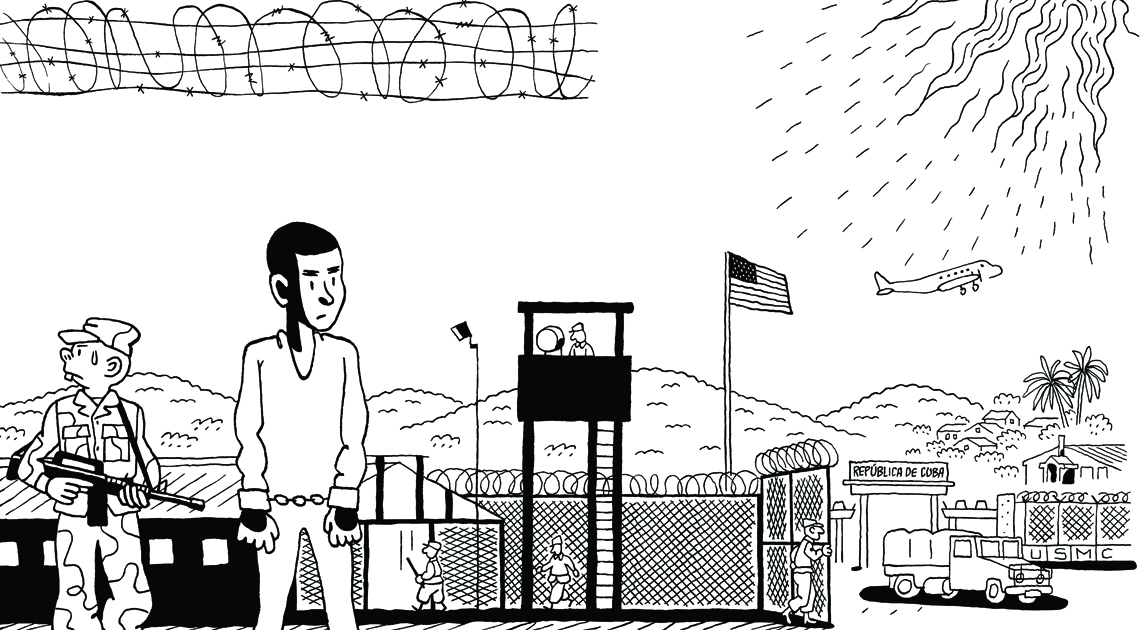Guantanmo Kid Posted in: biography, Historical, True story
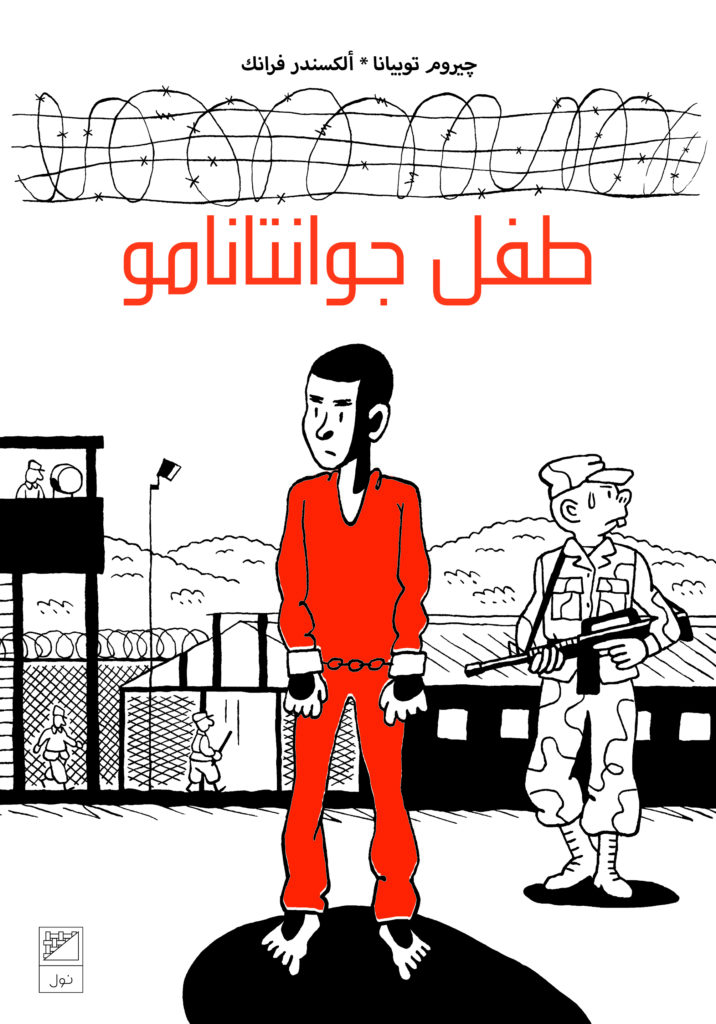
Mohammad El Gharani left his native Saudi Arabia aged 13 or 14, to study Computer in Pakistan. In the aftermath of the twin towers tragedy he was captured by the Pakistani military and sold to the Americans as an Al-Quaeda operative and sent to the notorious Guantanamo Bay prison camp in Cuba, where he undergoes a barbaric series of interrogations and torture. This account of his time there, is as harrowing and upsetting as it is thought-provoking and challenging, yet thanks to some wonderful writing and powerful art it is a much more readable account than if it was simply a list of the barbaric acts he endured.
Journalist Jerome Tubiana complies this first hand account from meetings with Mohammad and chronicles the abuses he suffered in painstaking detail. The story has the meticulousness of a diary and follows El Gharani from his early days of simple interrogation (being accused of terrorist acts when he could only have been 6 years old), through to the systematic abuse he receives later on – ranging from unprovoked beatings to physical and mental torture for rule breaking and dissent. It really helps to emphasise the amount of time El Gharani was held prisoner, as well as the sheer range of punishments he endured. It also helps to showcase how he copes with these abuses (from making friends with other inmates, to challenging and antagonising the guards to ultimately meeting a lawyer and contacting the media to tell his story and get released) which is a true testament to his resolve and powerful character.
Guantamo Kid
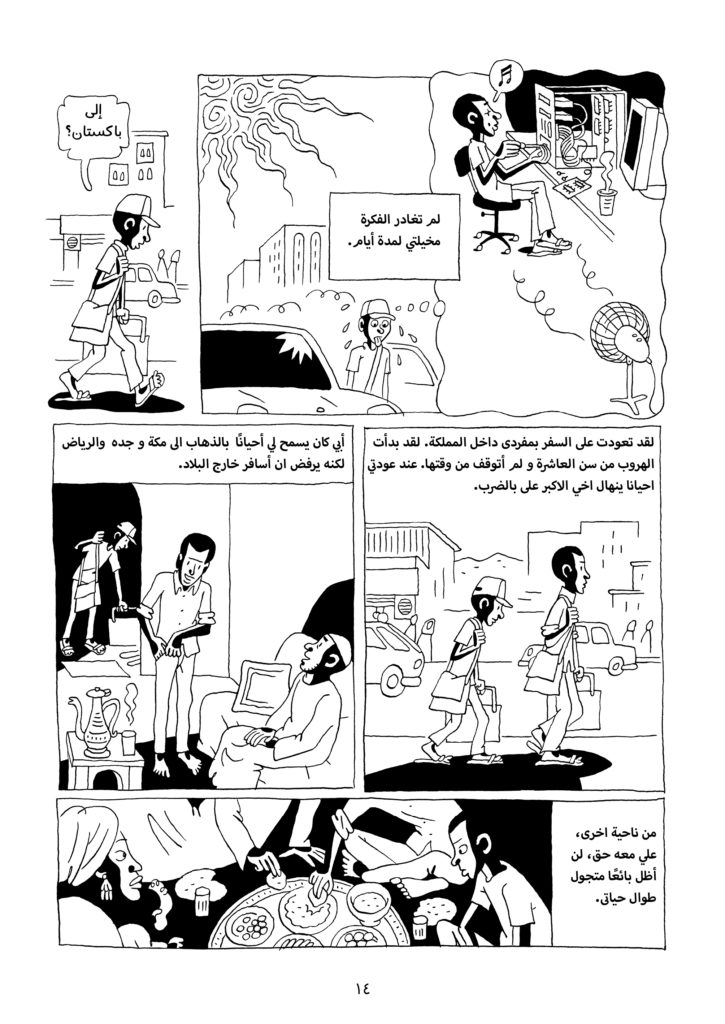
What also makes the books so engaging is the powerful and poignant art from Alexandre Franc. Guantanamo Kid wouldn’t have the impact that it has, without the very careful and considered imagery on every page. For such a hard-hitting subject Franc has a very light, cartoonish approach, yet the subjects he covers are anything but. While it may lack the impactful edge of a book like March, it is a very different subject and need the lightness of touch to the artwork which makes it so compelling. It’s more akin to something like Maus which uses cartoons to reveal the humanity of it’s lead, and with it the way that humanity is systematically torn away, while he stoically resists.
This emphasis on the humanity of Mohammad is perhaps the books greatest strength. If every page were filled with graphic depictions of what Mohammad endured, it would be much harder to read and as such would downplay the importance of the story Tubiana is trying to tell. Instead it allows Franc and Tubiana to focus on the human story of Mohammad’s incarceration. his relationship with other inmates, other guards (both good and bad) as well as documenting what happens to him. Franc uses clever sequences, such as an instruction manual style description of how the guards rush and subdue a troublesome inmate to really showcase the severity of what is happening to the inmates there. You could argue that this approach to the art trivialises El Gharani’s stay and downplays the importance of some of the more heinous acts, yet we prefer to think, that instead of focusing on the moment of his abuse, it allows Franc and Tubiana to focus on the why it is happening, as well as the aftermath of the events, which are much more significant than a simple punch or kick.
El Gharani’s story is book-ended by scenes from his life outside the prison camp. At the beginning, his early years remind us of just how young he was when taken, while the latter half continues to show how, even when he was released, he was never truly exonerated and he continued to be a person of interest and suffered further abuse even after he was released without charge. (This is then further expanded on in the notes at the back).
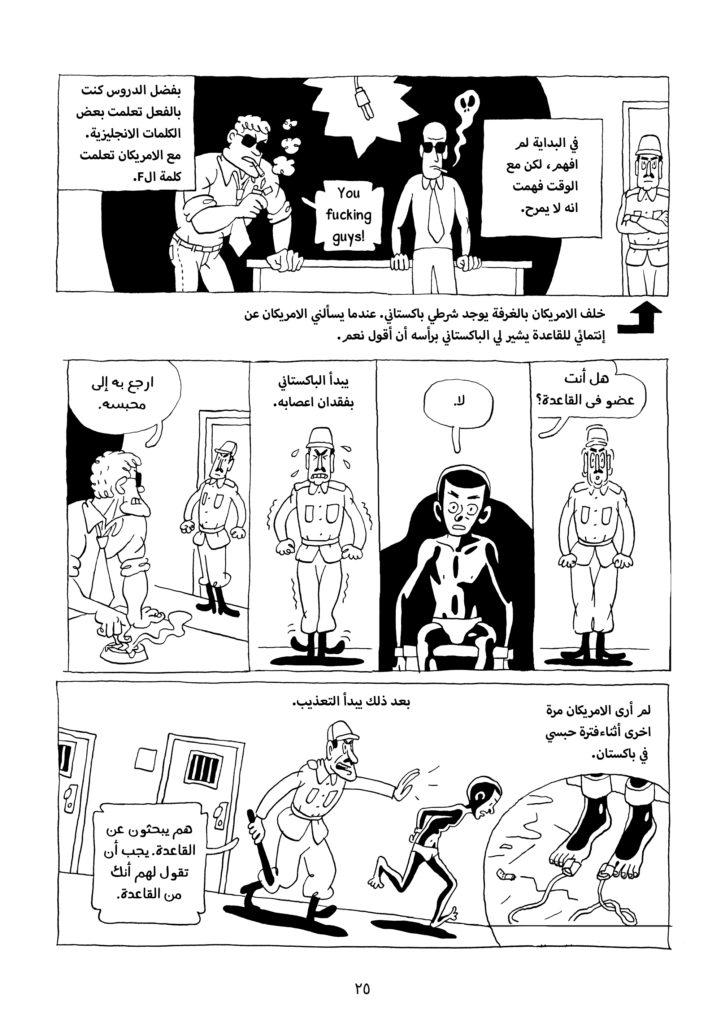
Inevitably with this kind of story it is told with a very pro-Mohammad bias. While some guards are given depth and humanity, often the more despicable ones are portrayed as almost cartoonish villains (the downside to Franc’s informal style). While this is not to in any way endorse the actions of what happened in Guantanamo, the focus is largely on the inhumane treatment and so does not give much wider context to the story, (i.e. why they are there and why the Americans went to such extreme measures) apart from the odd mention of actual members of Al-Quaeda being in the camp. Although this is further expanded in the notes in the back and gives perhaps a more balanced account, we can understand why the story is told this was, as to focus on anything other than the personal story being told here would be to diminish what El Gharani went through.
Gunatnamo Kid is a powerful and challenging read, that showcases the power of the human spirit to overcome adversity as well as the inhumanity to which some will go in order to pursue their agenda (or as a result of following misguided orders.) An extraordinary story about an extraordinary time and one which still has relevancy and impact today.
by pipe dream comics
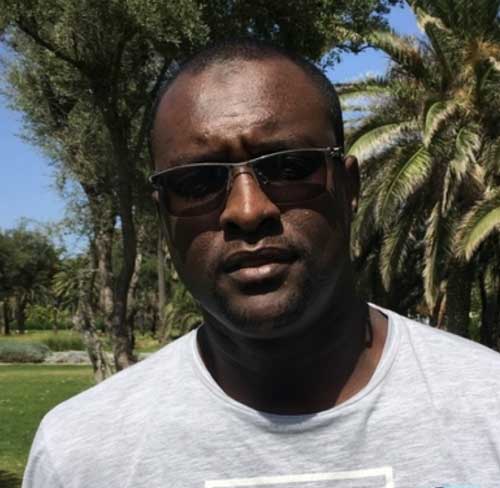
Mohammad El Gharani “محمد القرعاني”
After his parents immigrated from Chad, Mohammed was born and grew up in Saudi Arabia. Here he was subjected to discrimination as a Chadian, and was denied schooling. Consequently, he went to Pakistan in order to study English and computer studies. It was in Pakistan that he was arrested by Pakistani police, and given over to US forces.[10]
Following this, Mohammed was taken to the US run Bagram Air Force Base in Afghanistan. Here it is claimed that he was kept naked for days, and subjected to racial abuse.[10] After being held in Bagram for two months, Mohammed was transferred to Guantanamo Bay where he remained for seven and a half years. Eventually, in 2009 with the help of Reprieve lawyers, Mohammed won a court order for his release. He was subsequently released and sent to Chad
